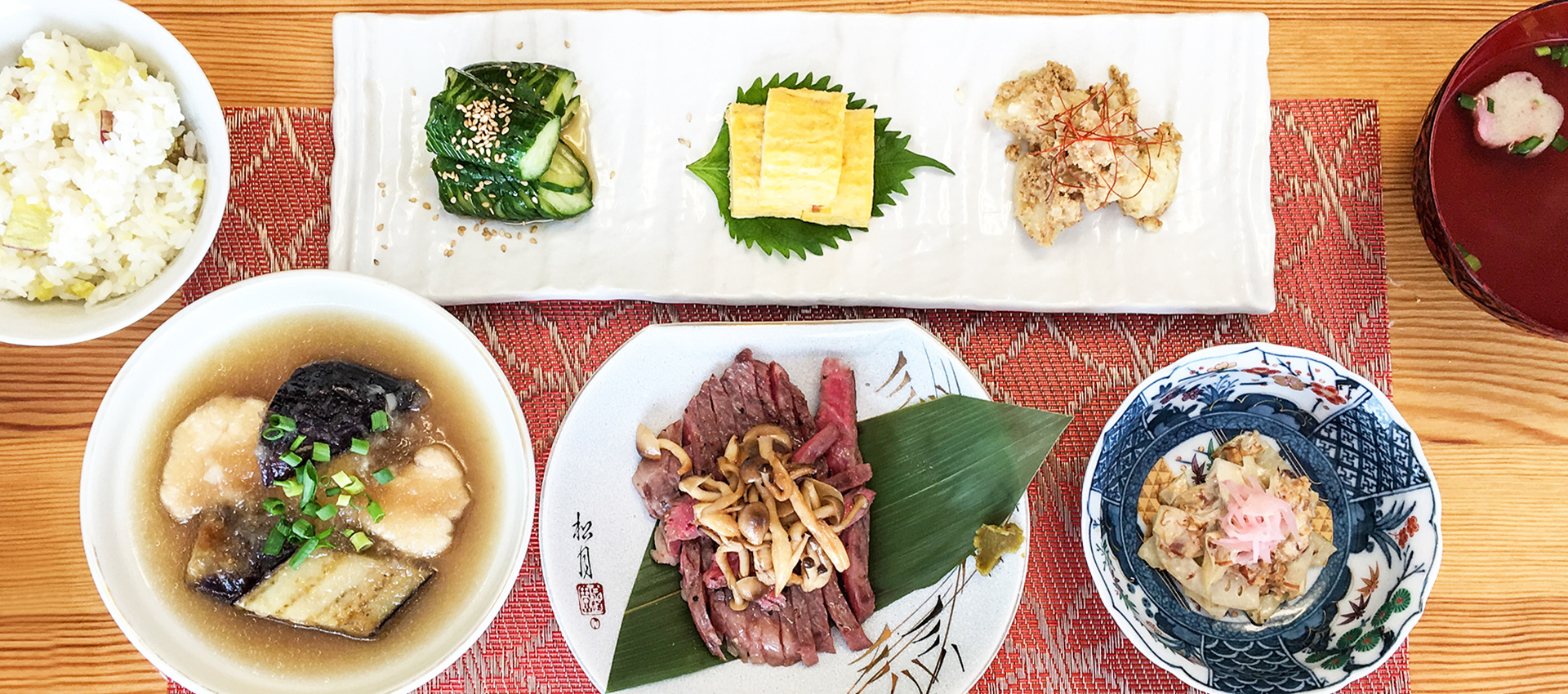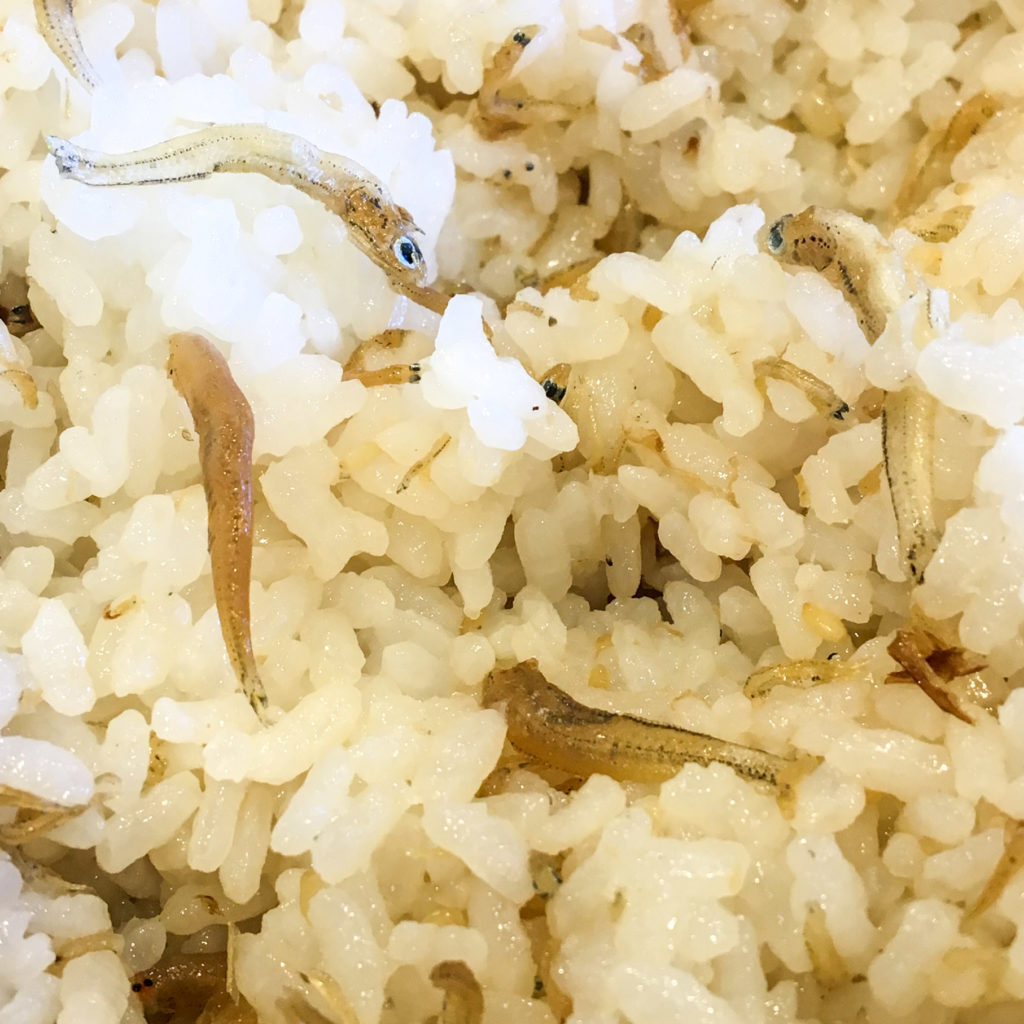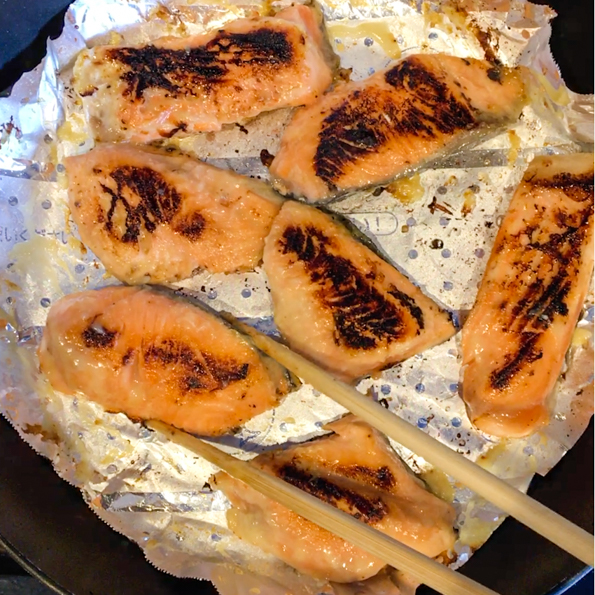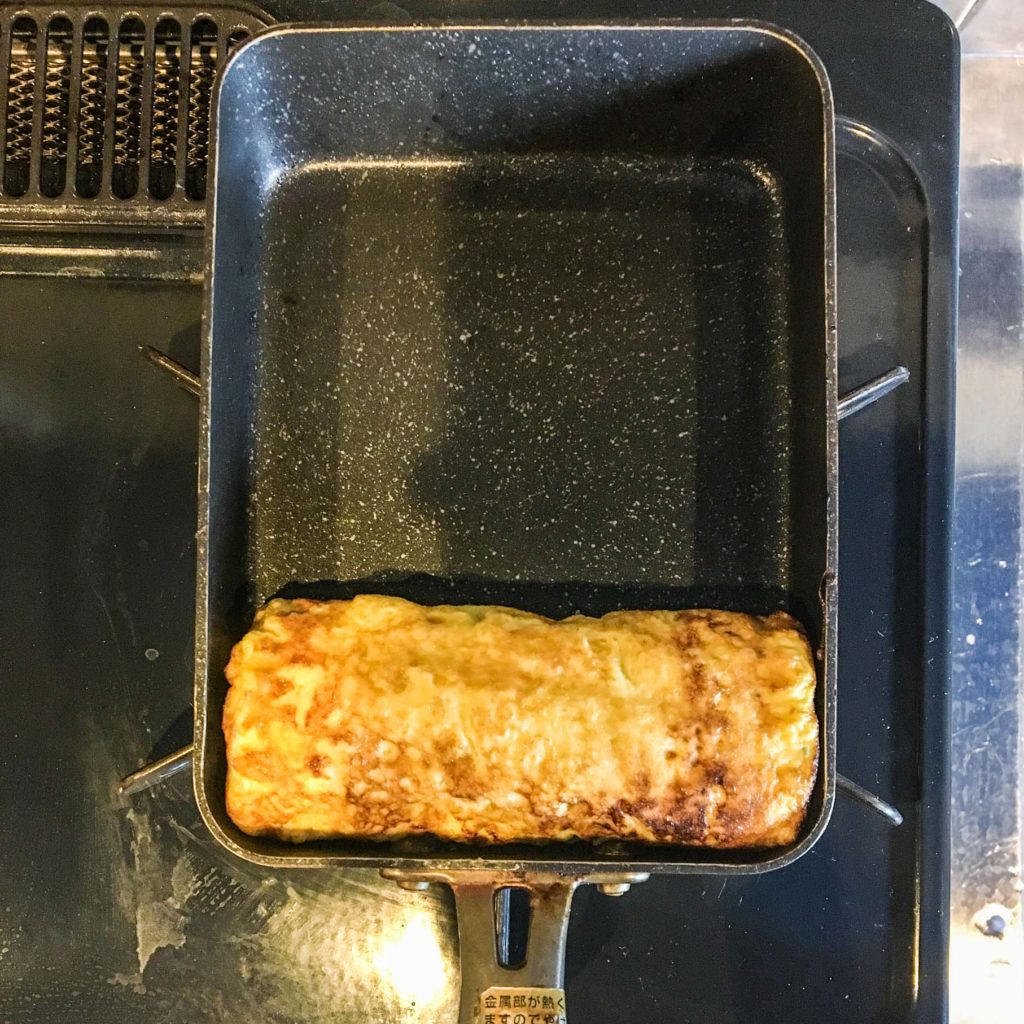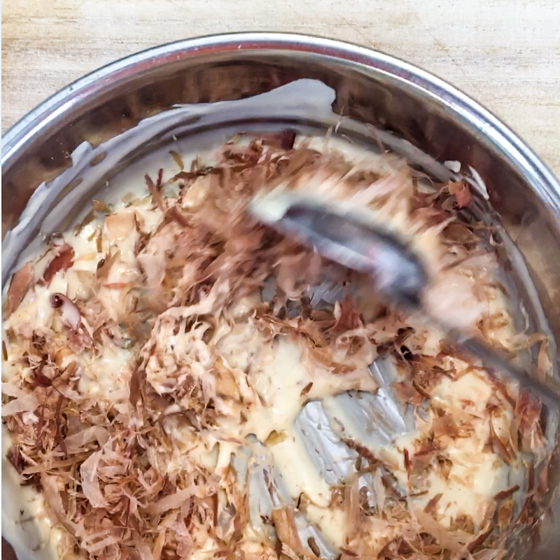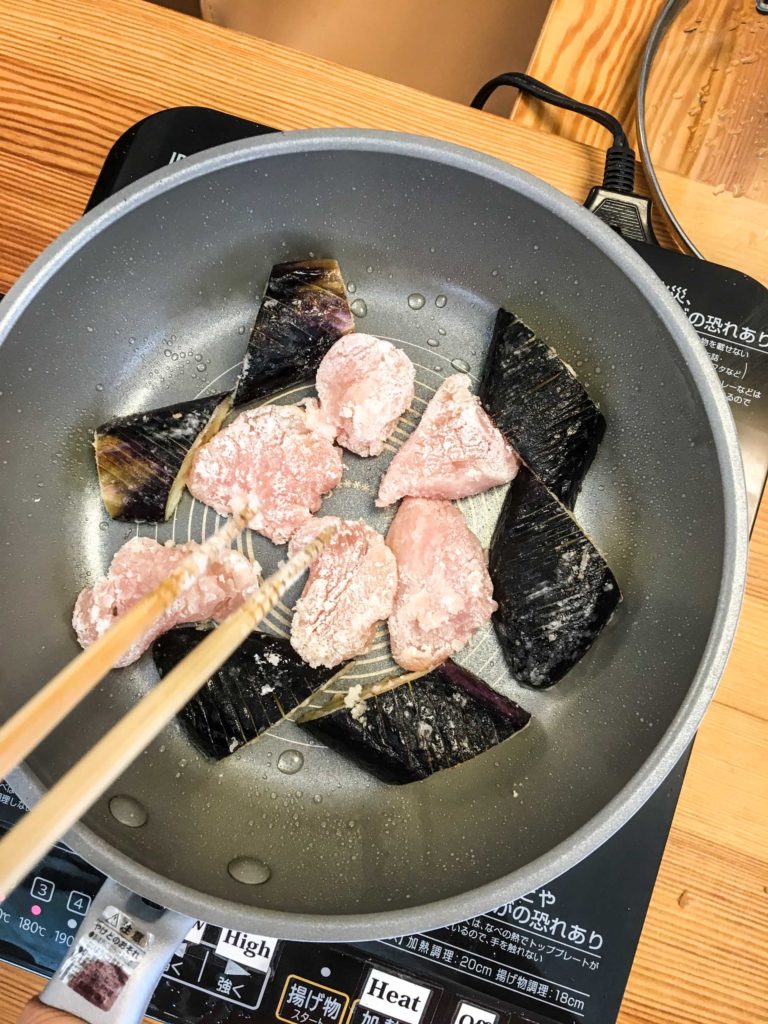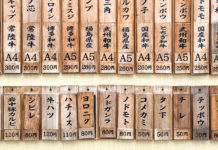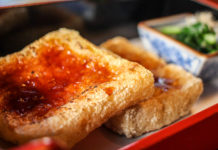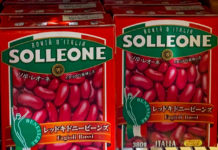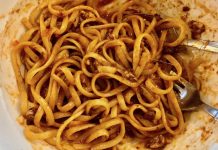Food is an important part of travel for me. When I’m exploring a new place, I want to know what foods have sustained life in the area over the generations. What’s growing, how do they prepare it and what does it taste like? One great (and delicious) way to learn more is to eat local food made by a local. Though, for an even deeper understanding, nothing beats making it for yourself. A simple internet search reveals just how many fantastic Japanese cooking classes there are around town. All you have to do is decide which one’s for you. And when it comes to cooking classes in Tokyo, I have some first hand experience to share.
Cooking Classes in Tokyo
Tokyo is the first port of call for many travelers to Japan so it’s no surprise that there is a long list of exciting experiences waiting to be enjoyed. Those itchin’ to be back in the kitchen are in luck; cooking classes here range from sushi to ramen to izakaya fare, kaiseki cuisine and even vegan food.
Kaiseki Cooking Classes
Kaiseki cuisine is my preference because the meal involves a number of small dishes. This means you’ll learn multiple recipes and techniques…not to mention have an absolute feast at the end. Both Tokyo cooking classes I’ve participated in have been this style, allowing me to really flex those cooking muscles. Here’s a look at the types of things you could expect make in a kaiseki cooking class.
Traditional Japanese cuisine
I did my first cooking class not long after moving to Tokyo. Seeing as local ingredients are cheap and readily available, I wanted to know what to do with them. I chose the “Traditional Japanese Cuisine” class at Washocook which allowed me to make five different recipes!
- Rolled beef with okra (okura no gyuunikumaki オクラの牛肉巻き )
- Saikyoyaki Salmon (shake no saikyouyaki シャケの最強やき)
- Rolled Omelet (dashi maki tamago だしまき玉子 )
- Rice mixed with whitebait (shirasu no tsukudani mazegohan しらすのつくだに混ぜごはん )
- Dashi stock (だし) for miso soup.
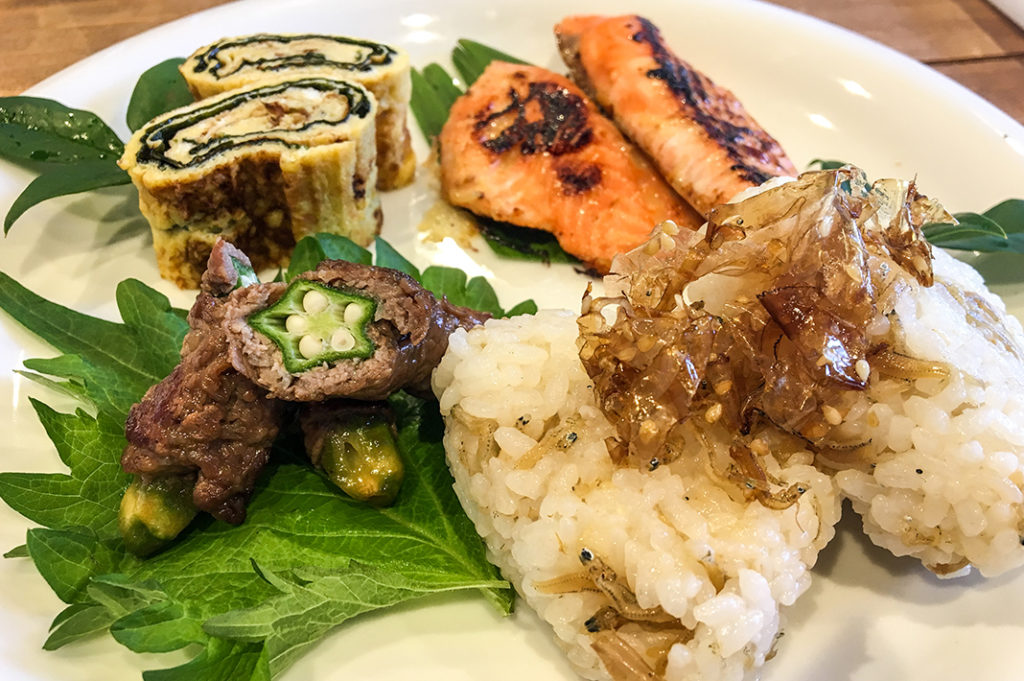
These were simple, everyday recipes that I could theoretically reproduce on my own. And they were all so delicious that I have certainly done so. The dashi maki tamago was the steepest learning curve—it involves layering and rolling the nori and egg and puts your chopstick dexterity to the test! The other great thing about this menu is that I had seen all of these ingredients in Australia, meaning that many tourists could theoretically recreate the recipes back at home.
Kaiseki Class
The second kaiseki class was done with my mum when she came to visit. We chose the “Kaiseki Class” at Cooking Sun in Tokyo to get a nice variety. Making nine different dishes may sound daunting to some, but the majority of recipes were really quite simple. Here’s what we made:
- Accordion Cucumber salad (jabara kyuuri no sunomono 蛇腹きゅうりの酢の物 )
- Gomamiso-ae Potato (じゃがいものごま味噌和え)
- Lotus Root salad (レンコンサラダ)
- Dashimaki tamago ( だし巻玉子)
- Mizore dressed chicken and eggplant ( 茄子と鶏肉のみぞれ煮 )
- Yukimuro beef (雪むろ芳醇和牛ステーキ)
- Dashi soup (お吸い物)
- Sweet Potato Rice (satsumaimo gohan サツマイモご飯)
- Green Tea Mousse Pudding (matcha muusu 魔茶ムース)

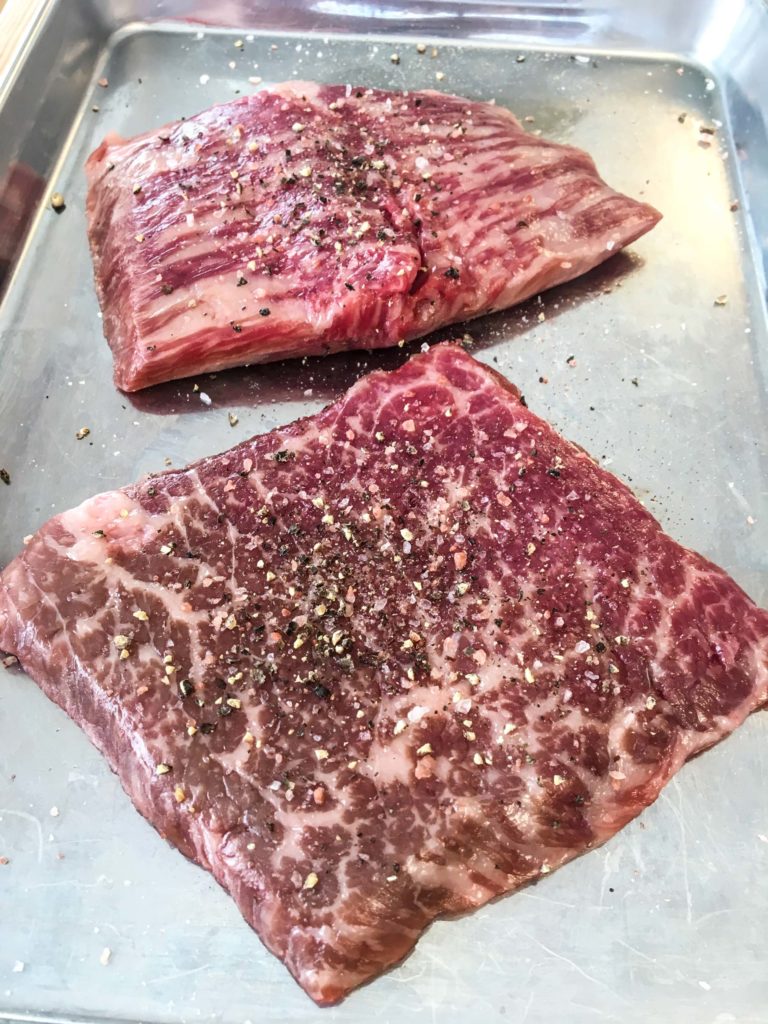
Producing nine dishes had us feeling like professional chefs. Eating them had us feeling like queens. Looking back at the photos, I still can’t believe I made it all. My mum even picked up a special rectangular frypan to make the dashimaki tamago at home and often sends me pitures of her creations.
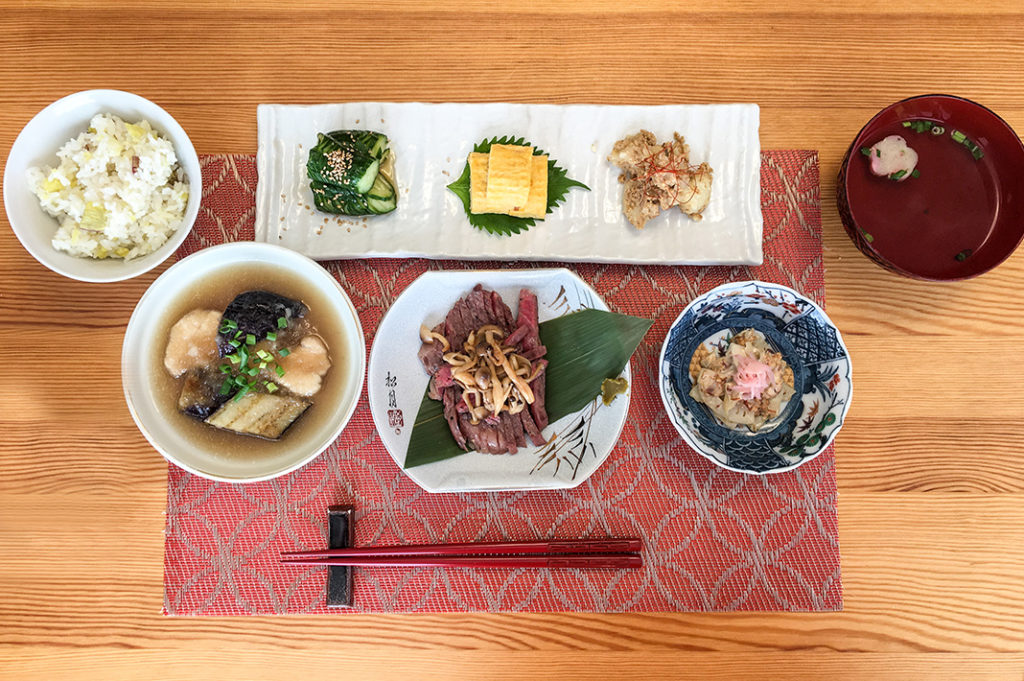
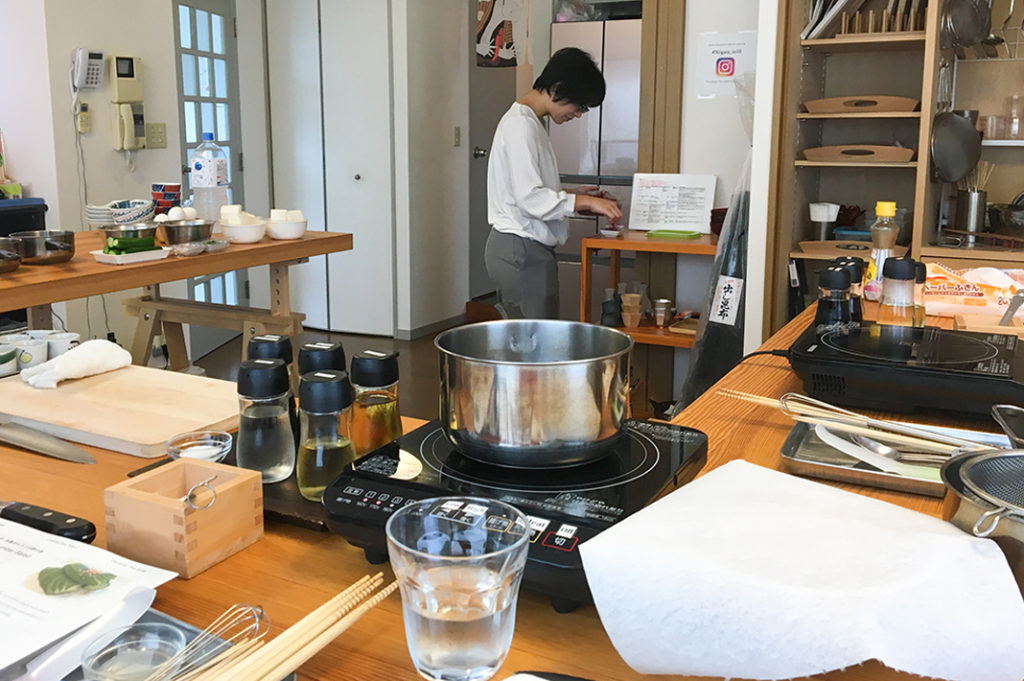
Although I have only sampled two classes (and would recommend them), there are dozens out there. The Japanese cooking classes in Tokyo are typically small and allow everyone to be hands on, while giving the teacher enough time to instruct and assist. Even if you don’t go for a kaiseki class, there are plenty of great looking Japanese cooking classes in Tokyo and beyond. Let your stomach guide you, I’m sure it won’t lead you astray!
Post by Japan Journeys.



